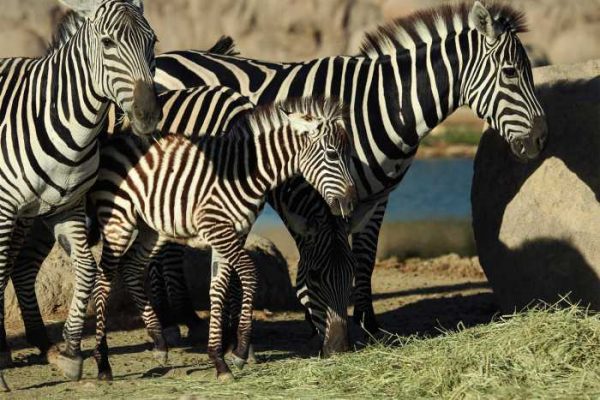




AL AIN : Thanks to its breeding programs for endangered species, and by providing them with the best veterinary and conservation standards, in the first half of 2020 Al Ain Zoo enjoyed more than 411 animal births, many from the Arabian Gazelle, followed by its carnivores, ruminants (antelopes and gazelles), birds, reptiles, and other species.
General Curator Myyas Ahmed Al Quarqaz of the Life Sciences Department stated, “We maintain a balanced and consistent pace with international breeding standards according to best practices. The breeding programs were previously measured by the number of animals that are bred in families without regard to the importance of these animals and their condition in the wild, as well as the priorities in terms of the degree of threat of extinction or even to the quality of these animals and their health and genetic status. Today, breeding programs have become scientific in terms of setting priorities and targets and choosing appropriate methods and techniques that guarantee the required quality in terms of health status, genetic diversity, and the ability of animals to adapt and coexist with natural conditions in the wild.”
“From this standpoint, we have formalised our breeding programs and linked them to the five-year animal collection plan. This plan defines the numbers required for each species in proportion to the strategic and operational goals of the institution and the procedures required to achieve the target number (i.e., that breeding programs are not random and without a clear goal but rather studied strategies and plans). This explains the breeding of some species, but not all of them. The percentage of reproduction in the past five years reached 17% (331) in 2014 compared to 671 in 2019, diversified between mammals, birds, reptiles and amphibians; the endangered animals constituted 30% of the total zoo species.”
In practical terms, the zoo has applied many scientific procedures and methods to improve the quality of its breeding programs. For example, it introduced new bloodlines to its herds to increase their genetic origins and diversity; this positively impacts their general health as well as their ability to coexist and reproduce. The zoo has joined many international breeding programs and genealogy databases that set standards and make recommendations regarding breeding programs and animal exchange with other parks. The zoo has succeeded in providing appropriate environments for these animals via environmental and nutritional reinforcement and fulfilling all requirements for care, nutrition, safety, and welfare using specialized staff to ensure the success of these programs and to achieve the zoo’s desired breeding goals.
